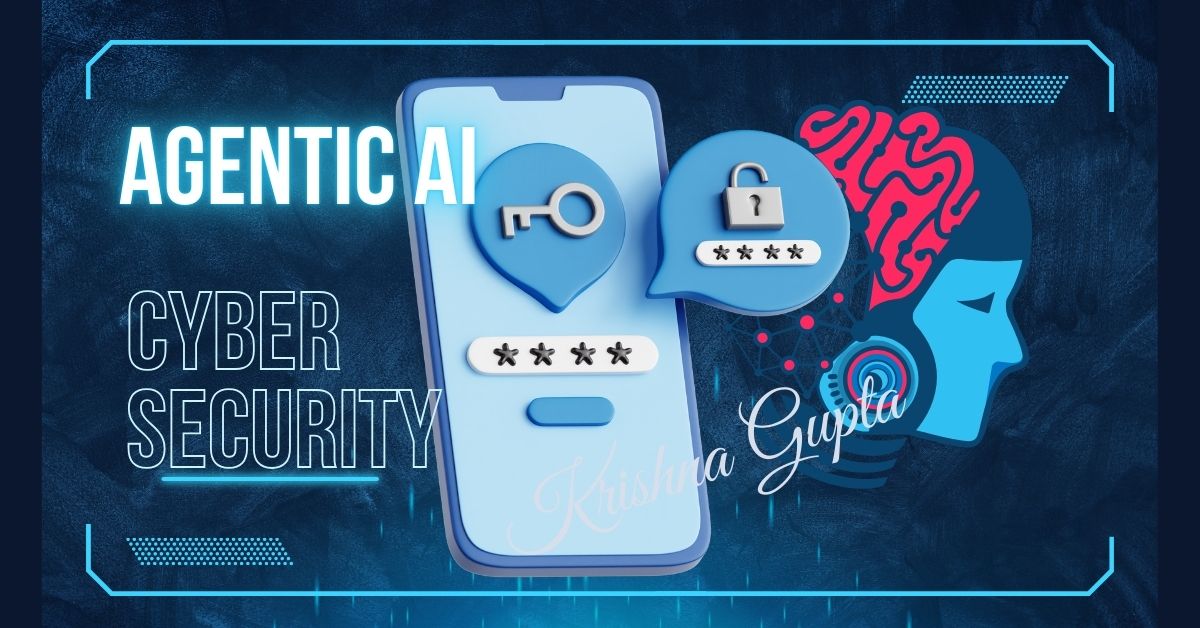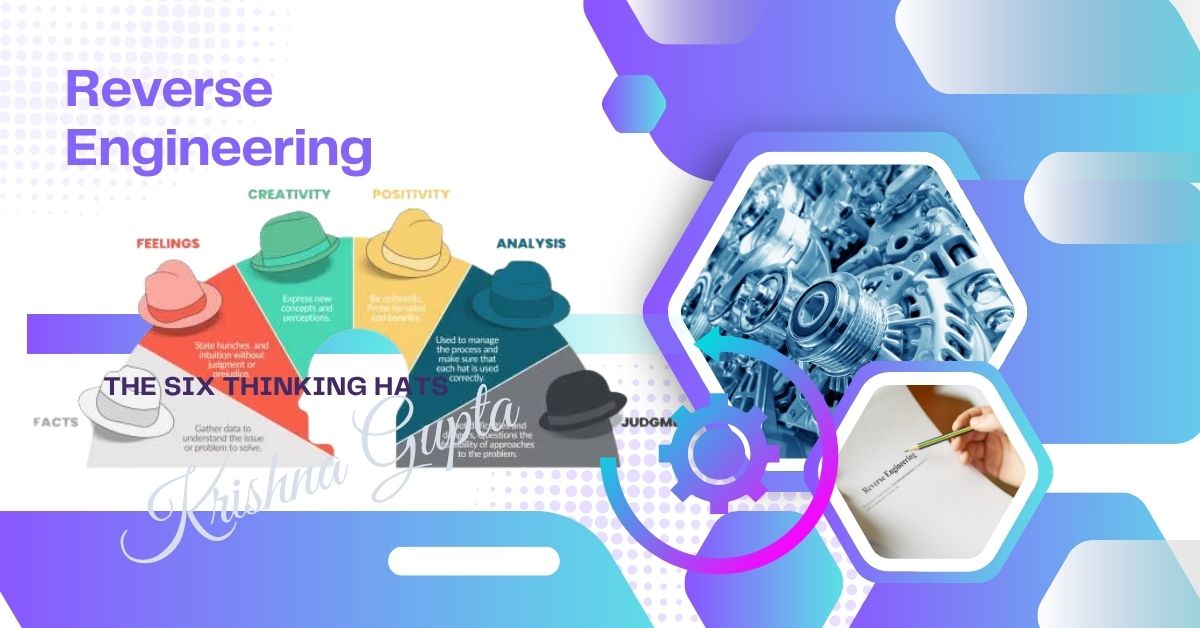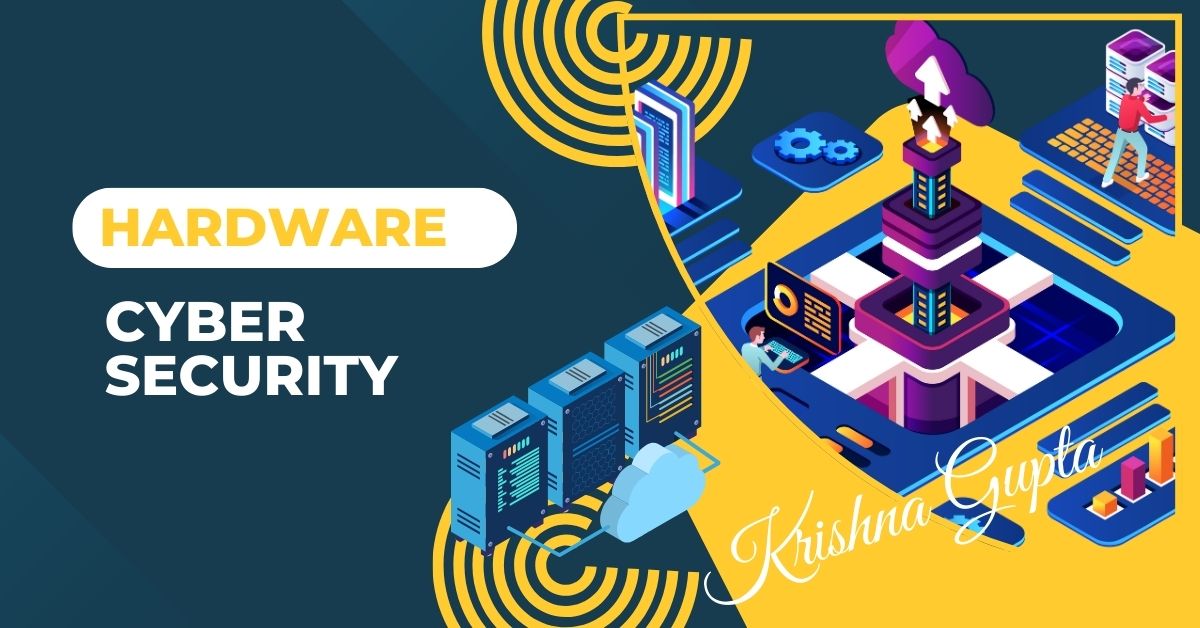Agentic RAG in Cyber Security: Transforming VAPT, Malware Analysis, Cyber Forensics, and Reverse Engineering for the C-Suite
As cybersecurity threats grow more sophisticated, the demand for intelligent, adaptive, and context-aware systems has never been more urgent. Agentic Retrieval-Augmented Generation (RAG) systems are reshaping how enterprises detect, analyse, and mitigate threats across core areas—Vulnerability Assessment and Penetration Testing (VAPT), Malware Analysis, Cyber Forensics, and Reverse Engineering.
Unlike traditional AI, Agentic RAG systems possess autonomy and reasoning capabilities, enabling them to learn from contextual signals and dynamically adapt their responses. This evolution is not just technical—it’s deeply strategic, impacting how the C-Suite approaches risk, compliance, and operational resilience.


